An incredible number of factors are involved in getting a supercar from the drawing board through concept stages and into eventual production. The design language, aerodynamics, performance, and pricing are just some of the elements that have to complement each other with a minimal margin for error.
See Also: The Most Important Supercar Milestones of the Past 50 Years
It is almost inevitable, then, that a supercar manufacturer will occasionally trip up and end up with a disappointing product. In some cases, the carmaker is lucky to escape with a slap on the wrist, but in other situations, the consequences of a supercar flop are much more severe, as some of the highlighted examples show.
#1: Jaguar XJ220
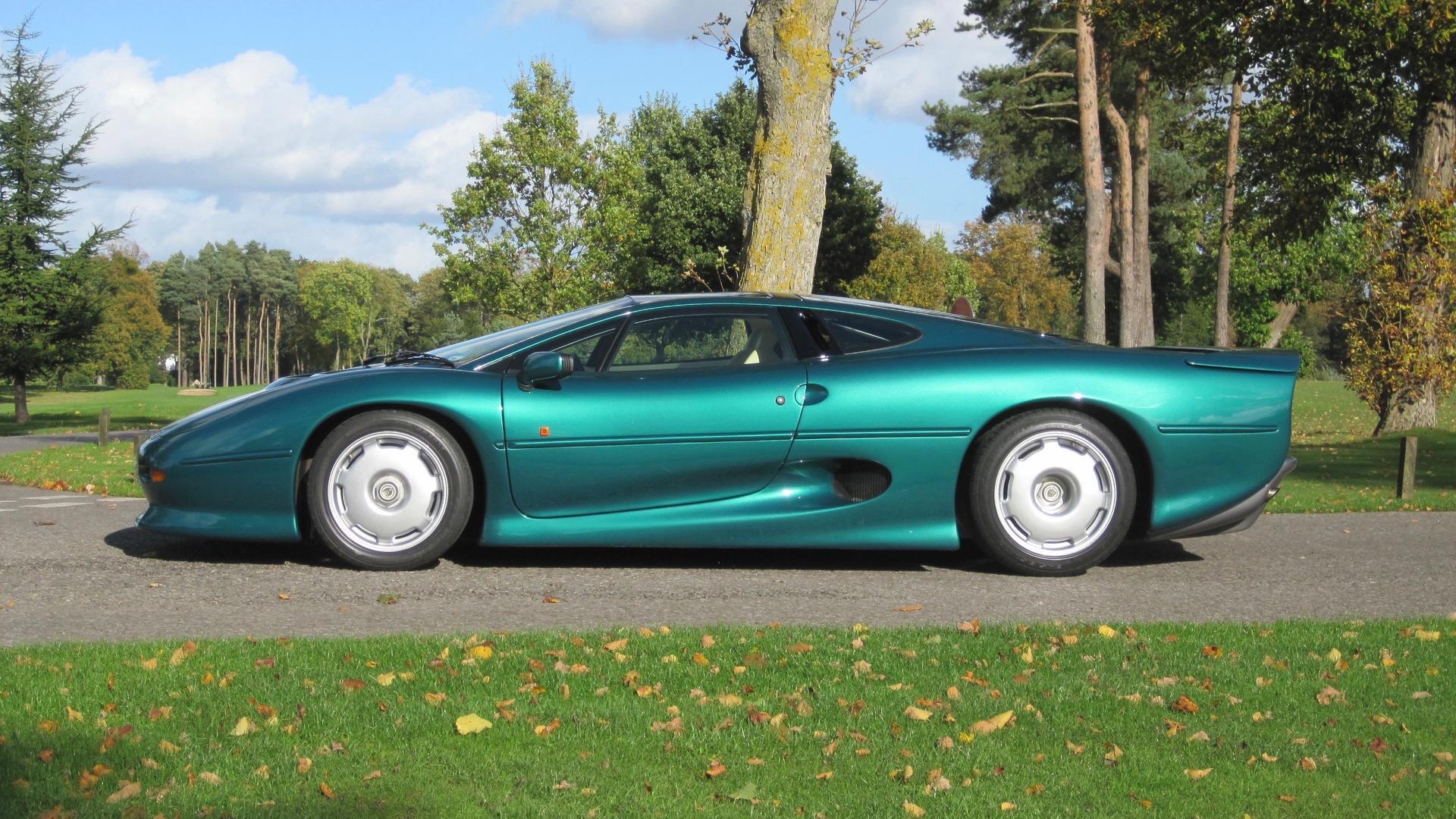
The journey of this low-slung British supercar began with so much promise. Jaguar initially did not plan on putting the XJ220 concept into production when it was first unveiled at the 1988 Birmingham Auto Show.
However, the highly positive reception changed all that, and the machinery for a production version was put in motion. Unfortunately, the carmaker ran into several issues during the development that pushed the initial asking price from about $327,000 to over half a million (today’s value).
To compound matters, the engineers swapped out the race-bred 6.2-litre V12 engine—advertised in the prototype—with a tamer 3.5-litre Biturbo V6. This enraged several potential customers, many of whom canceled their orders and threatened lawsuits. Then the global economic recession rolled in, and Jaguar found it increasingly hard to sell its halo supercar. Eventually, the XJ220 was killed off barely three years after its launch.
#2: Bugatti EB110
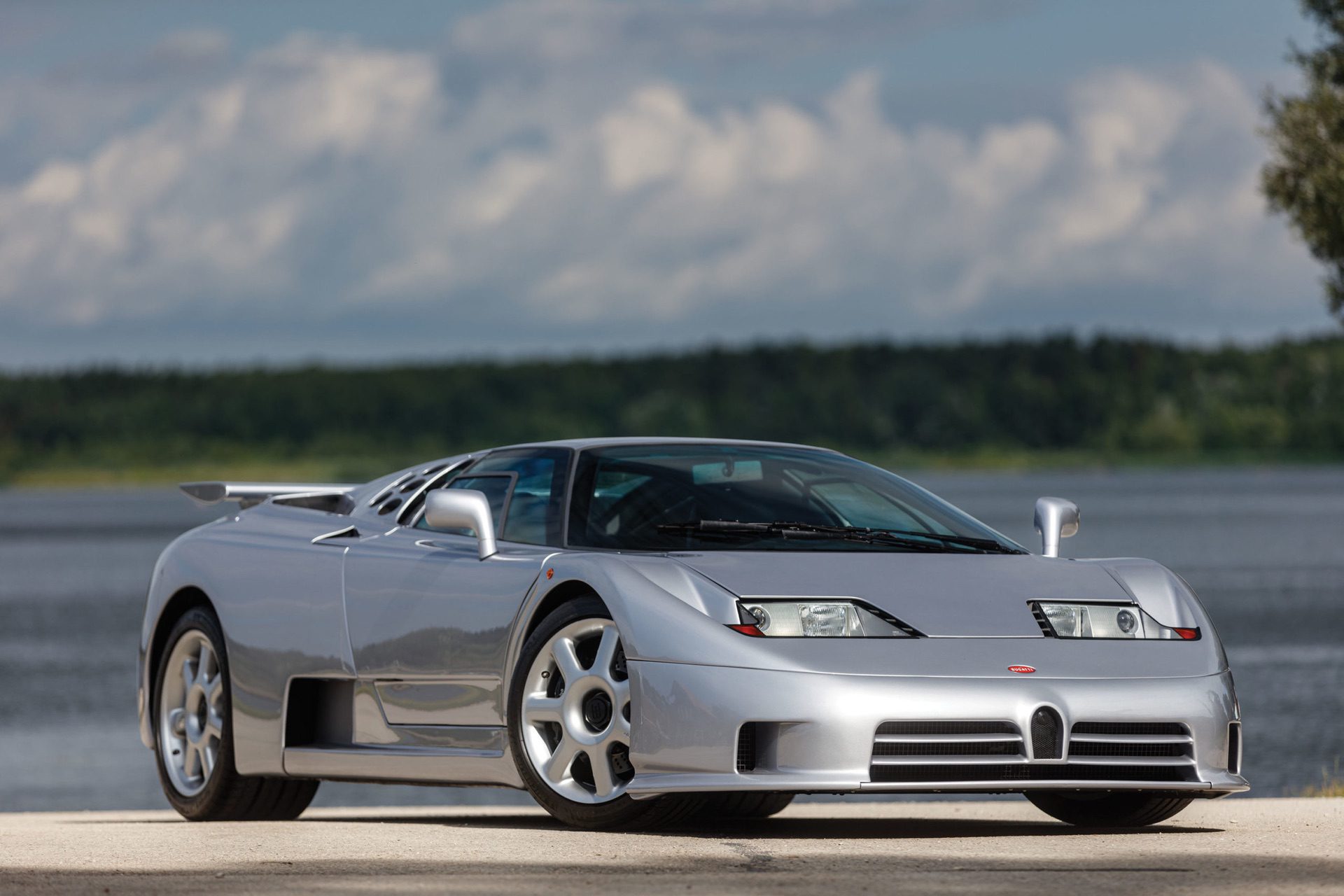
The Bugatti EB110 paved the way for the formidable Veyron and Chiron hypercars. However, its own story was steeped in misfortune. When it debuted in 1991, the EB110 was hailed as a technological marvel with a host of innovative features on board.
Unfortunately, the timing of its launch coincided with a recession that swept through Europe and North America. That made the EB110’s $350,000 look unseemingly, presenting an almost impossible barrier to ownership, impressive as the car was.
The carmaker was also going through a period of expansion at about the same time and had hoped that EB110 sales would fund the company’s ambitious growth strategy. Well, that did not happen, and only 139 units of the car were sold before Bugatti flopped over on its side and went bankrupt.
#3: Lamborghini Jalpa
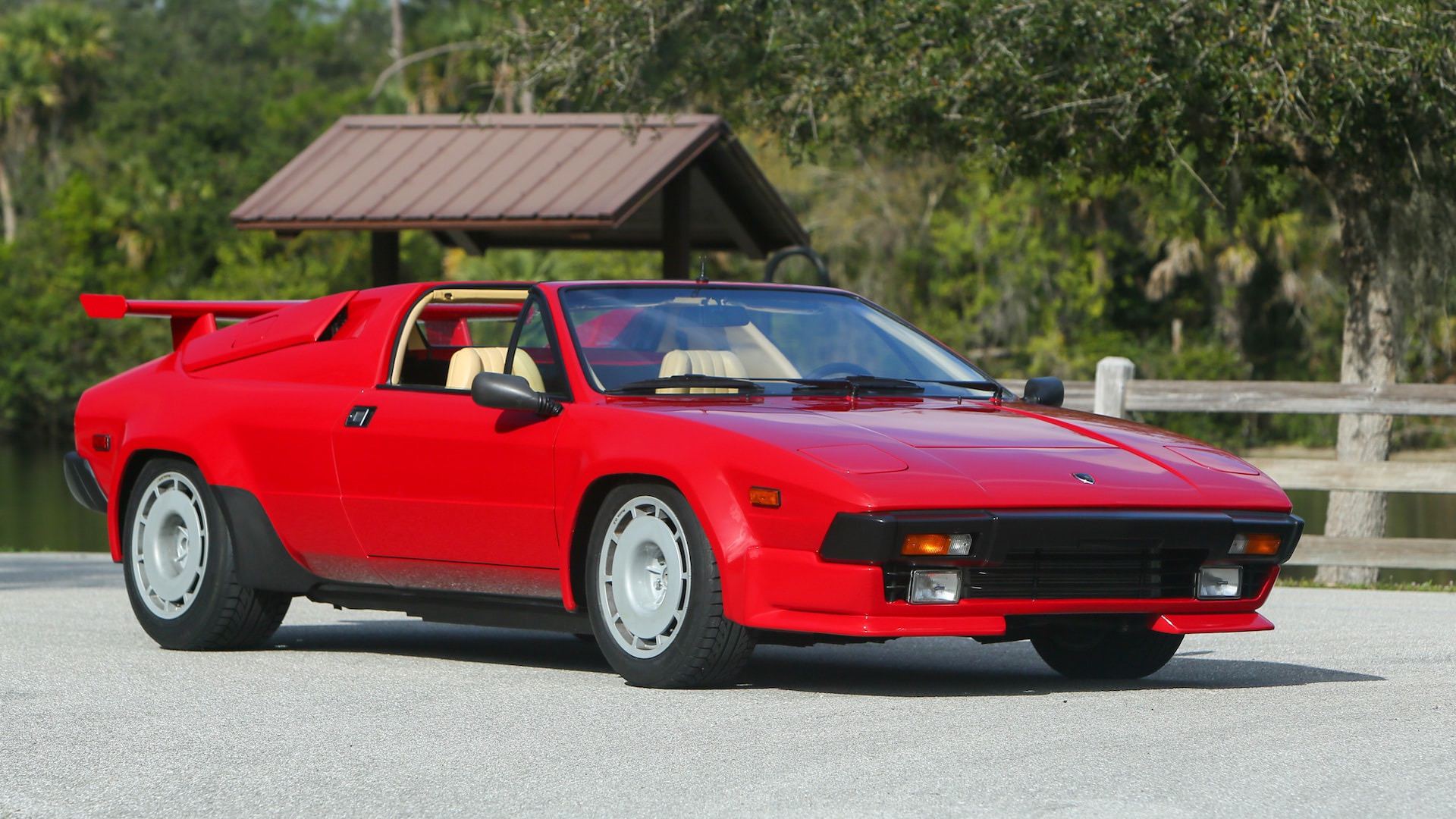
There seems to be no stopping Lamborghini these days. The company is on a roll, recording unprecedented successes with models like the Urus, Huracan, and Aventador. However, the carmaker has had to endure a few bumps on its path to glory—one such hiccup was the Lamborghini Jalpa.
The almost forgotten sports car was designed as a more ‘affordable’ alternative to the Countach flagship. Unfortunately, the car was poorly received, and just over 400 were produced from 1982 to 1988 when Lamborghini, now under new ownership, pulled the plug.
#4: BMW M1

Born from the brand’s desire to enter competitive racing, the BMW M1 was the first car solely developed by the carmaker’s now famous M Division. It was designed expressly to allow BMW to compete in the FIA Group 4 sports car racing.
Unfortunately, the competition rules had changed by the time the M1 was ready. This effectively rendered the car impotent before it ever had a chance to showcase its impressive performance capabilities.
BMW attempted to keep the M1 relevant by creating a one-car racing series dubbed the BMW M1 Procar Championship, but that only lasted a couple of years before it was scrapped. Production lasted from 1978 to 1981 before BMW finally gave up on the car after about 450 cars had rolled off the assembly line.
#5: Ferrari Mondial 8

The Mondial 8 replaced the 308/208 GT4 coupe and was designed as a mid-engined V8 Grand Tourer with a 2+2 seating configuration. While great in theory, the idea did not turn out so well in the real world, and the poor Mondial 8 is a regular feature on the list of the worst Ferraris ever made. For one, the Mondial 8 was no lightweight at about 3,460 pounds. Then there was an underpowered V8 engine that generated only 214 hp.
The Mondial needed almost eight seconds to hit 62 mph. It was an unacceptable performance for a car that was neither cheap nor reliable. Thankfully, Ferrari quickly realized this and introduced an improved variant—the Mondial QV—just two years after the Mondial 8.
#6: Caparo T1

Imagine an F1 car reimagined for road use. That, and more, was what the Caparo T1 promised back when it was introduced in 2006. The single-seater supercar was powered by a naturally aspirated V8 that cranked out 575 hp and 310 lb-ft of torque. A modest amount for a supercar, but then the T1 weighed only 1,036 lbs (470 kg).
That meant it had a better power-to-weight ratio than hypercars like the Bugatti Veyron and could rocket to 100 mph in less than five seconds. Unfortunately, the full potential of the T1 was never realized. Several safety incidents, including a suspension failure during the launch, threatened to derail the project.
Sales were also downright disappointing. According to reports, only 15 units of the T1 had been sold by 2012; against a planned run of 25 units per year. Then the company ran aground, hit by a wave of financial difficulties that put it on the verge of bankruptcy in 2015. By 2019, Caparo Vehicle Technologies was fully liquidated, taking any dream of resurrecting the T1 with it.
#7: Mitsuoka Orochi

The Orochi was a Japanese sports car built from 2006 to 2014. For good reason, it is often regarded as one of the ugliest cars ever made. It’s hard to point out any positives about the car. It weighed over 3,400 lbs and desperately needed more power than what was offered by the 233-hp V6 engine.
The Orochi needed almost 7 seconds to hit 60 mph, an abysmal figure for a supposedly high-performance car. No surprise then that it was also a commercial bomb. A few special edition models were unable to turn the tide in the car’s favor, and in 2014, Mitsuoka mercifully put an end to the Orochi.
#8: Vector W8

This American supercar was touted as the one that would finally take the fight to the established Italian heavyweights—Lamborghini and Ferrari. Pricewise, it certainly seemed capable of that with an eye-watering $450,000 price tag back in 1992. It wasn’t lacking in the power department either.
The W8 had a 6.0-litre Rodeck twin-turbocharged V8 that generated 625 hp at 5,700 rpm. The carmaker claimed the W8 could hit a 242 mph top speed, which would have made it the fastest production car at the time.
Unfortunately, the W8’s styling came in for a lot of criticism, and several reliability issues further complicated matters. In the end, less than 20 cars were sold before the W8 project folded and sank, with the company following soon after.
#9: DeLorean DMC-12

The DeLorean DMC-12, with those iconic gullwing doors, has to be one of the most recognizable sports cars ever. The car was made famous by its portrayal in the Back to the Future movie franchise with a cult following that’s still active.
Away from the movie screen, however, the DMC DeLorean had a widely contrasting fortune and fate. First off, the build quality was awful, with imperfect gap dimensions among the car’s many issues. It was also painfully slow, needing almost 10 seconds to hit 60 mph.
One can only wonder why the designers settled on a 132-hp engine to haul the car’s 2,866 lbs (1,300 kg) mass around. The DMC-12 was also expensive, and DeLorean had a hard time pushing sales. Eventually, a lack of cash flow, primarily due to the DMC-12’s poor market performance, drove the company to insolvency and eventual ruin.
#10: Lexus LFA

The Lexus LFA is an enigma, a supercar with one of the best-sounding engines ever fitted in a production car. Packed within its frame is a naturally aspirated 4.8-litre V10 that screams to a heady 9,000 rpm, churning out 553 hp and 354 lb-ft of torque in the process. However, the car’s performance and status came at a great cost to the carmaker.
The LFA supercar is regarded as a commercial failure. It was priced incredibly high, with a launch price of about $375,000, and even that was not enough to cover the massive R&D costs incurred by the carmaker. Lexus reportedly took a huge hit for every unit sold. The carmaker built only 500 units from 2010 to 2012, and it is telling that as recently as 2020, eight years after production officially ended, Lexus still had a few brand-new unsold LFAs sitting in dealer showrooms.


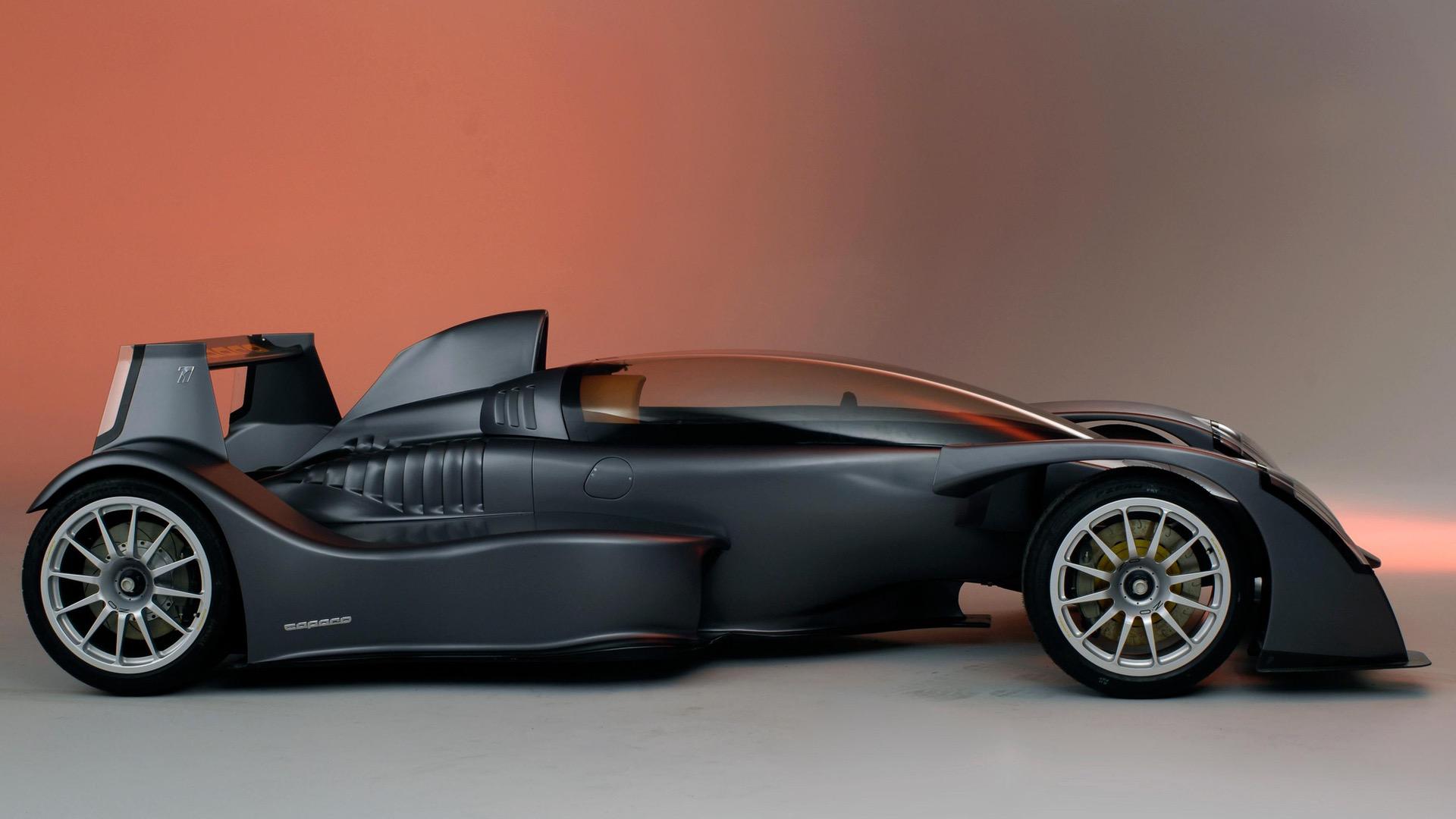


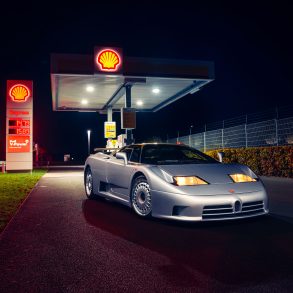





I would never include the Ferrari Mondial as a Supercar and I would never consider the BMW M1 to be a failure. The rules changed, but the M1 remains a gorgeous, well engineered masterpiece.
I remember in the early ’90’s there was a TV Racing series like IROC with Racers from all over all racing the Jag XJ220, that took around 12 cars off of Jag’s hands.
On the XJ 220, there was certainly nothing “tamer” about the V6. The 6.2 liter 12 put out 500 HP/400 lb-ft and the 6 that had proven itself in the Group B before being modified by TWR for their XJR-10 and XJR-11 cars put out 542 HP/475 lb-ft while shaving weight. I saw aninterview with a TWR engineer in-period that was just dumbfounded by the public’s reaction. (Paraphrased) We showed off the concept with our race engine installed. Of course, as we got better, more powerful engines in the race program, we modified the plans for the XJ220. Faster, lighter, more dependable… I don’t understand.”
Engineers don’t get that sometimes people who spend a half $million on their automobile may care more about excess than performance. 🙂
Yes OK for your list but surely the McLaren F1 was a marketing failure with all the others cought out by the oil crisis. Never sold the annual volumes planned and only by selling modified racing versions saved it from your list and made the mythical list.